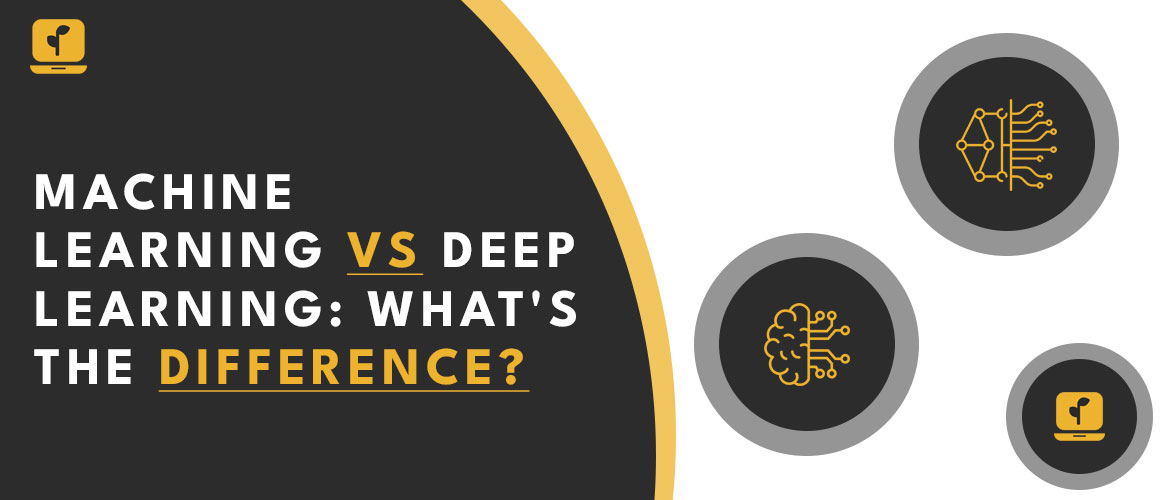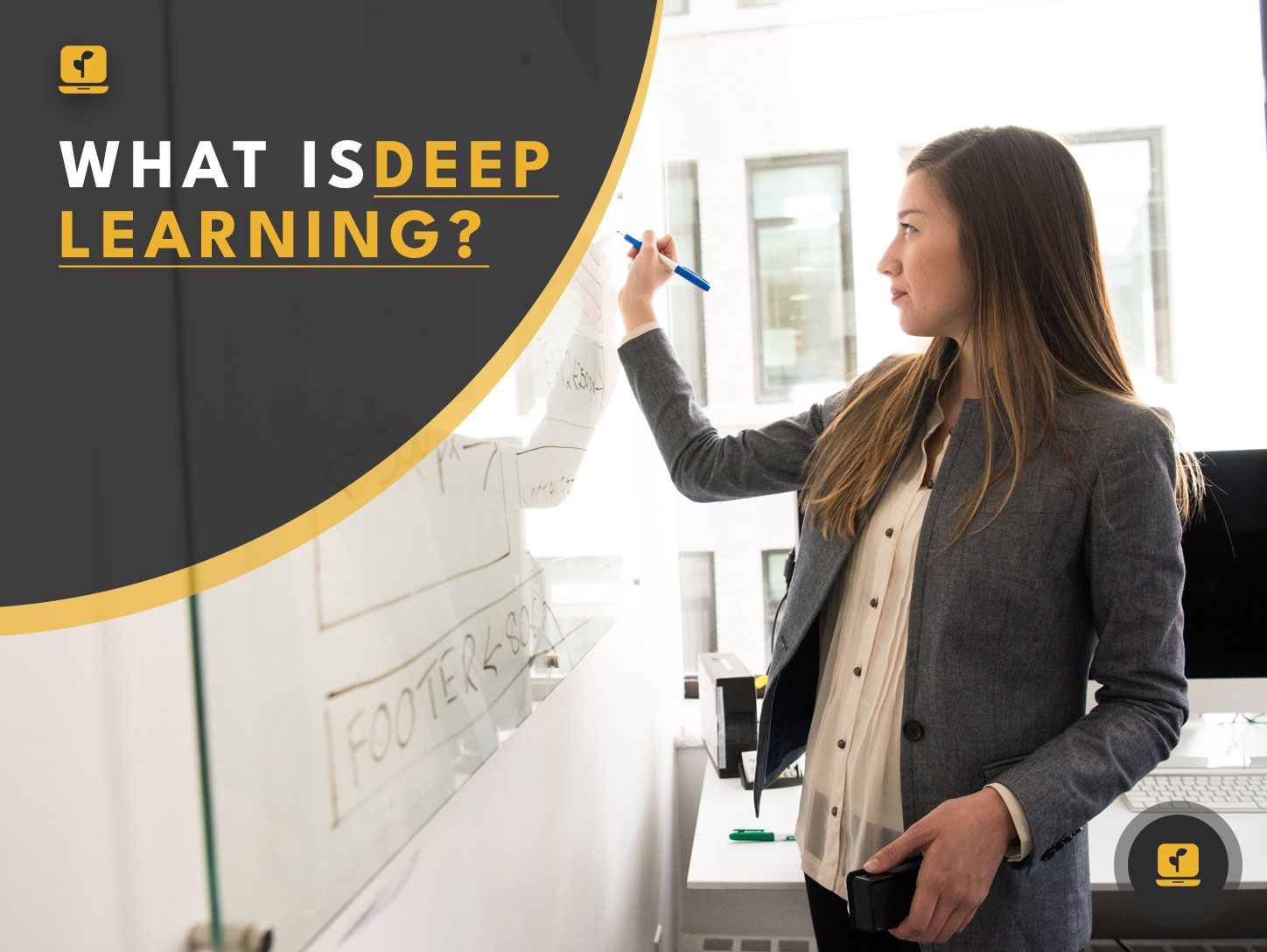Artificial intelligence has taken over our world. From automation to chatbots and voice assistants, artificial intelligence pervades modern life. There are hundreds of AI concepts and technologies that fall under the umbrella term of artificial intelligence (AI).
Table of Contents
AI encompasses a large range of technologies, from simple computer vision and natural language processing to more complex types like machine learning, virtual reality, robotics, and autonomous vehicles.
These tools may seem similar at first glance. They both involve algorithms that process information in order to make decisions or solve problems. However, they differ in several ways. Let’s examine these differences to understand how they can work together successfully to get your project done faster and more efficiently.
What is Machine Learning?
Machine learning is a subfield of artificial intelligence that involves creating computer algorithms that automatically improve over time. It’s how AI systems “learn” to make sense of the world around them and make predictions about what will happen next. Many machine learning algorithms require few pieces of input data to produce a significant output. This can make machine learning an excellent way to automate repetitive tasks.
Machine learning can be broadly separated into supervised and unsupervised learning. In supervised learning, you provide the algorithm with the desired output and some of the input data. The algorithm learns to predict the desired outcome by identifying patterns in the input data.
In unsupervised learning, you provide the algorithm with some of the input data and the algorithm discovers patterns by itself. This is the type of machine learning that can produce images, text, or other types of data.
Deep Learning
Deep learning is a subset of machine learning techniques that focuses on artificial neural networks (ANNs). ANNs are a type of algorithm that mimics the way neurons in the brain process information. They’re the core of neural networks — layered algorithms that can learn to make sense of large amounts of data by recognizing patterns in the data and processing them.
Deep learning involves creating algorithms that can process information at a high level by creating neural networks with many interconnected layers. These layers may include artificial neurons that mimic the way real neurons work. Deep learning has become a buzzword because of its ability to create sophisticated computer algorithms. However, neural networks are still the core of many very useful tools.
Machine Learning vs Deep Learning or Key differences
Below we highlight some key differences between machine learning and deep learning. Both fields are very important, but they’re also very different. That’s why it’s important to understand the differences between them so you can choose the right approach for your project.
Machine learning focuses on predicting outcomes based on historical data. You feed a model historical data to train it to make predictions. After training, you can use the model to make predictions based on historical data. Deep learning is all about creating artificial neural networks. These models can do a lot of creative things, but they’re also much more complicated than machine learning models.
Machine learning uses pre-trained models. You train a model using historical data and then use the model to make predictions. Using a pre-trained model lets you get to predictions quickly and easily. The model doesn’t need to be retrained for each prediction. Deep learning is more sophisticated. It’s about creating artificial neural networks. These models are more sophisticated because they use ANNs and need to be trained.
How Machine Learning and Deep Learning work together
Machine learning and deep learning are two powerful tools that can work together. You can use machine learning to create a model and train it using historical data. Once the model is trained, you can use it to make predictions. You can also use deep learning to create the model and neural network. You can create different types of neural networks, such as Feed-forward neural networks. You can also create Recurrent neural networks, which are used in speech recognition systems and other types of AI applications.
Wrapping up
At their core, both machine learning and deep learning are types of artificial intelligence. However, they’re different enough that they don’t need to be used together. Those who want to use machine learning can use pre-trained models, while those who want to use deep learning can use neural networks. It’s important to understand the differences between ML and DL. They’re both powerful tools, and both need to be used for AI projects to be successful.












